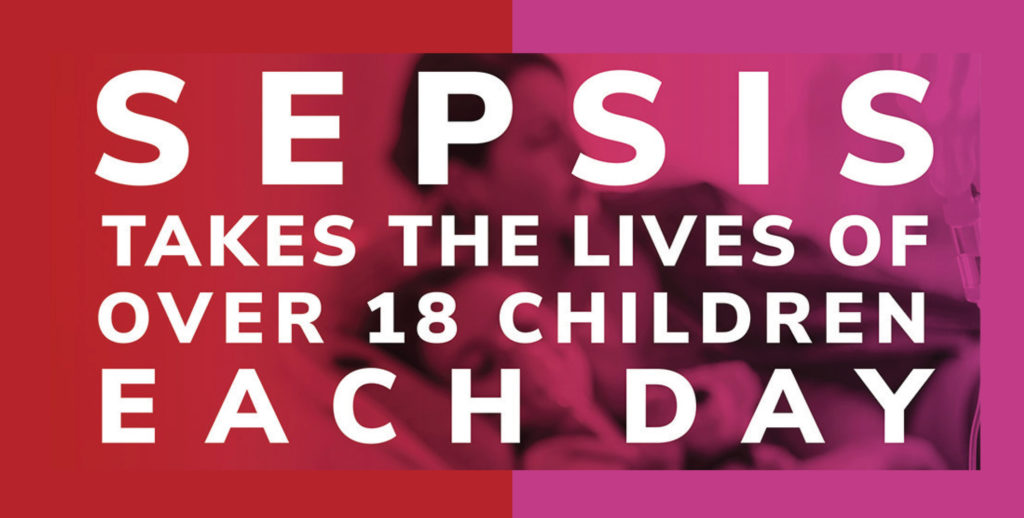Sepsis Awareness 5: Sepsis and Children

The DFW Hospital Council (DFWHC) Foundation has been coordinating the Sepsis Strike Force over the past five years. Led by Patti Taylor, the DFWHC Foundation’s director of quality and patient safety services, the group is made up of representatives from hospitals across North Texas inspired by the goal to create awareness on the dangers of sepsis in our community. Over the next six months leading to Sepsis Awareness Month in September, the Sepsis Strike Force will post blogs and informational graphics across social media to support their 2021 goal of raising community awareness.
In the U.S., more than 75,000 children develop severe sepsis each year. This works out to about 200 per day and the number is increasing by 8% every year. Almost 7,000 of these children die – this is more than those who die of pediatric cancers. Sepsis in the developing world is even more serious, causing many more deaths.
Many children who survive sepsis are left with long-term problems. More than 1 in 3 children (34%) who survive experience a change in cognitive skills still at 28 days following their discharge from the hospital. Nearly half return to the hospital at least once after surviving sepsis.
In developing countries, many more children develop sepsis and many more die. Sepsis can occur from infections that occur as a result of unsanitary conditions at birth, maternal infections that are passed on to the newborns, or preventable infections that may be more prevalent in countries with limited vaccinations and medical care.
As with an adult, a child can develop sepsis as the result of any type of infection.
Here are some more facts and statistics about sepsis and children:
• As many as 8% of pediatric sepsis cases may be missed during emergency department visits.
• The cost of hospitalizing children for sepsis increased almost 25% between 2005 and 2016, after adjusting for inflation.
• The average length of stay for sepsis patients is 31.5 days, which is nearly 8 times longer than the average stay for other childhood conditions.
• Preterm infants who are Black are more than twice as likely to develop sepsis and are more likely to die than non-black infants.
• Children with severe sepsis or septic shock who are Black or Hispanic are more likely to die than non-Hispanic white children.
If you suspect sepsis, call 9-1-1 or go to a hospital and tell your medical professional, “I AM CONCERNED ABOUT SEPSIS.”
